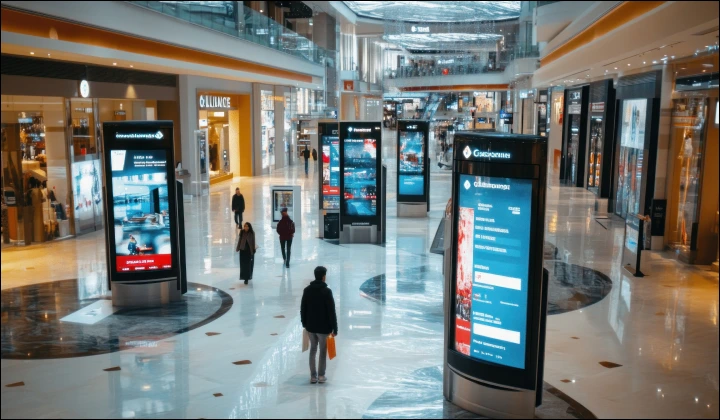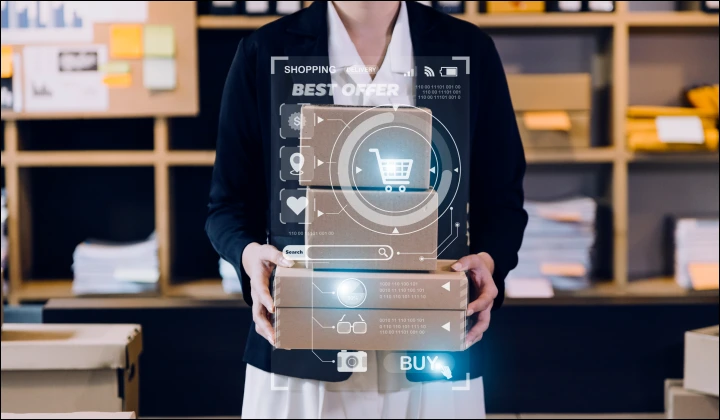1️⃣ CI/CD (Continuous Integration / Continuous Deployment): Automated pipelines that test, build, and release your code across environments. CI/CD is what helps your team push updates frequently, and DevSecOps makes sure those updates stay secure.
2️⃣ SAST (Static Application Security Testing): Scans your source code for vulnerabilities before the app is even deployed. It catches things like hardcoded secrets or insecure logic early in the process.
3️⃣ DAST (Dynamic Application Security Testing): Tests your running application (in staging or live) for issues that show up during real-world use, like input injection, broken auth, or business logic flaws.
4️⃣ IaC (Infrastructure as Code): Managing cloud and infra setups using code (like Terraform or CloudFormation), so they’re version-controlled and repeatable.
5️⃣ SBOM (Software Bill of Materials): A full inventory of all components and dependencies in your app, used for compliance and security audits.




 10 mins
10 mins











 Talk to Our
Consultants
Talk to Our
Consultants Chat with
Our Experts
Chat with
Our Experts Write us
an Email
Write us
an Email





